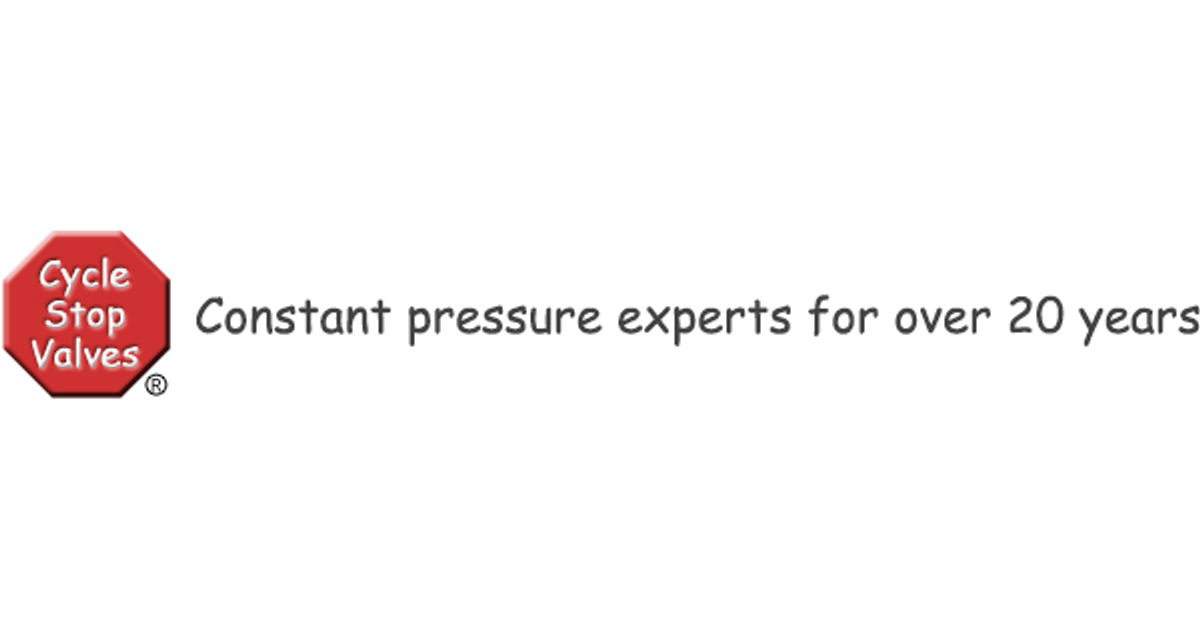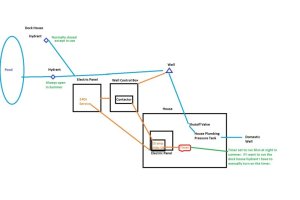CommanderDave
Member
I have two yard hydrants that are fed by a 25gpm-rated deep well located at a pond on my property. My normal operation of the one hydrant nearest the well head is for 24hrs a day for about 30 days in the spring to fill the pond from the winter draw down, and then I run it about 6 hours every night during the summer months. The other hydrant is at the dock house and is only used to hose down the dock, cleaning fish, or other intermittent use. My plan is to connect the well pump to a pressure switch (not a pressure tank) and then install a timer on the hydrant at the well. The hydrant timer needs to be capable of programming on the above schedule, and is also heavy duty enough to handle the high psi of the water flow from the estimated 20-21 gpm water flow. Can anyone recommend one? The threaded hose connection on the hydrant is 3/4", but I could install an adapter to make a bigger connection.
I understand that not having a pressure tank means that anytime a hydrant is opened the well pump will run continuously, which is what I want in this application, and the pressure switch will protect it when the hydrants are closed (or, please correct me if I'm wrong). Thanks.
I understand that not having a pressure tank means that anytime a hydrant is opened the well pump will run continuously, which is what I want in this application, and the pressure switch will protect it when the hydrants are closed (or, please correct me if I'm wrong). Thanks.
Last edited:


